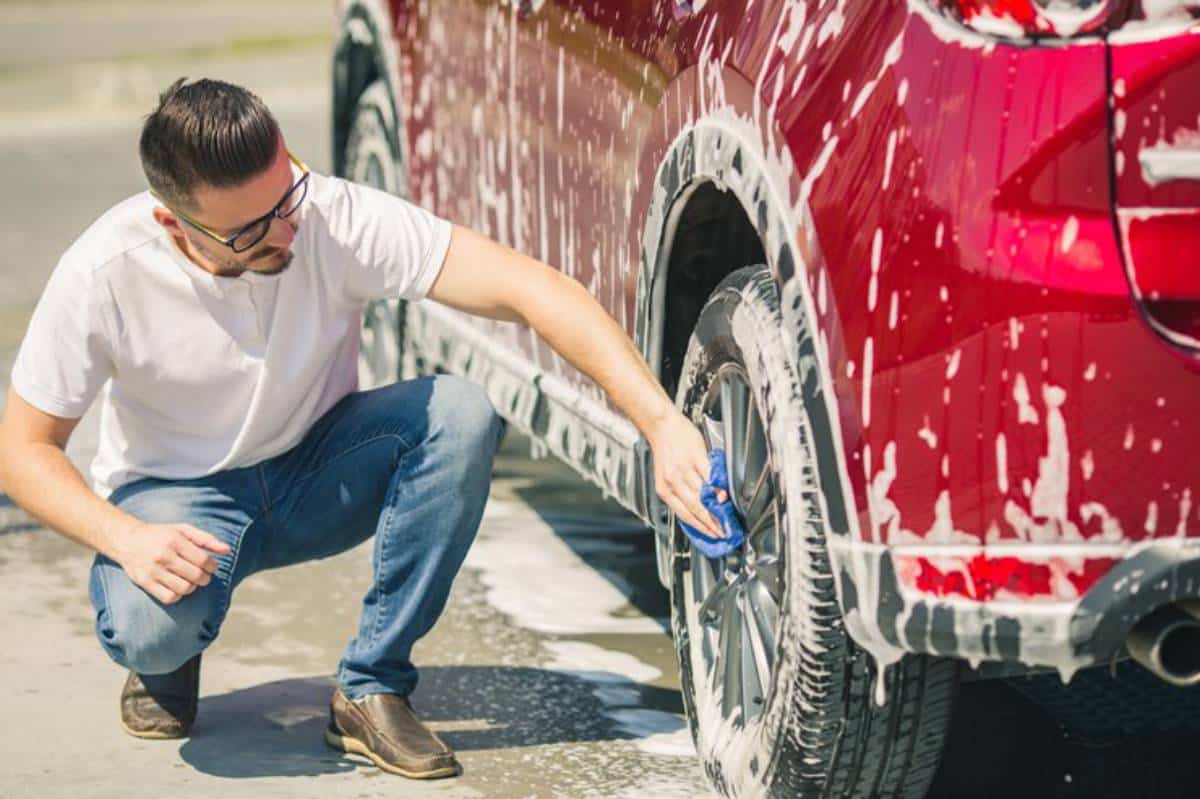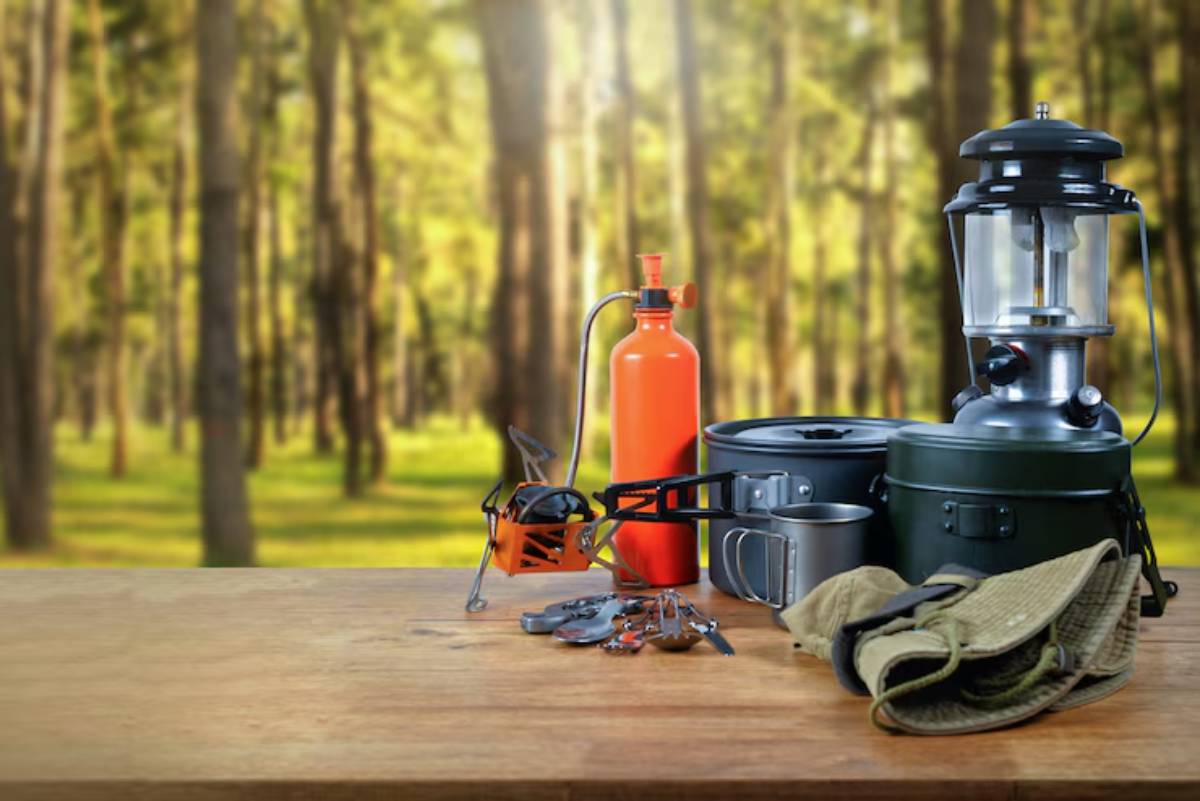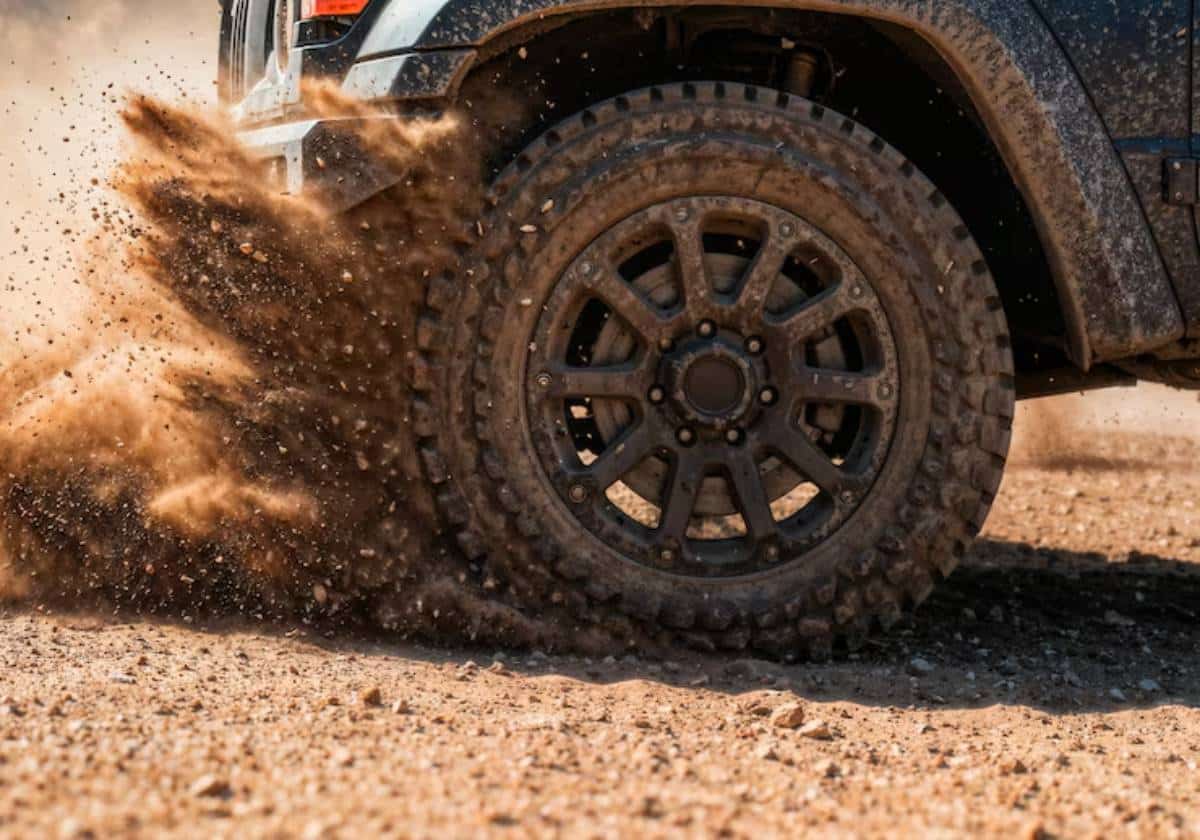
Sand, Mud, and Rock: Tyre Strategies by Surface
Off-road driving is never one-size-fits-all, especially when it comes to tyres. The perfect tyre pressure or tread pattern in sand might leave you stuck in mud, and what works on rocks could tear up the trail in softer terrain. That’s why a smart off-road tyre strategy hinges on understanding how tyres behave across different surfaces.
This guide explores terrain-specific tyres, air pressure techniques, and 4×4 grip tips to help you stay in control, reduce wear, and boost safety in the most challenging conditions.
Let’s dig into how to optimise your tyres—no matter what terrain lies ahead.
Why Terrain Matters for Tyre Performance
Your tyres are your only contact with the ground. Their ability to flex, grip, and release depends on how well they match the trail’s demands.
Tyres that excel on one surface might struggle on another, due to differences in tread design, sidewall flexibility, and compound softness. Knowing how to adjust tyre pressure and driving technique helps you get the most from your rubber.
Tyre Strategy for Sand Driving
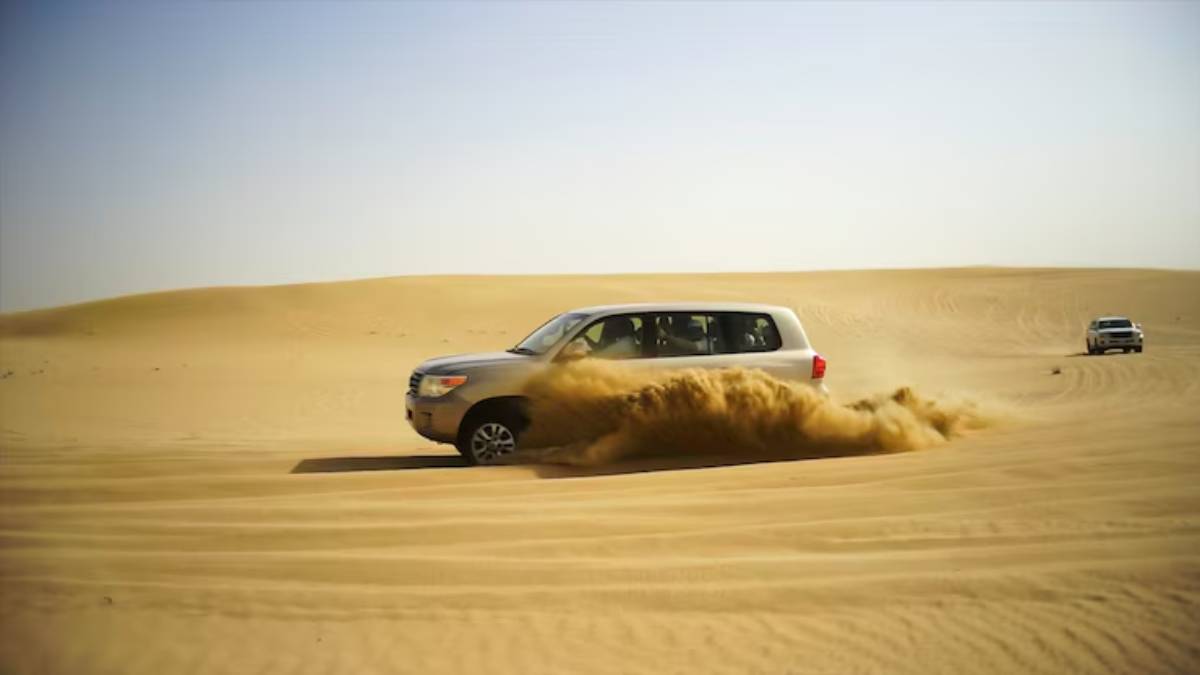
Soft sand is one of the trickiest surfaces, but the right setup transforms the experience from sink-or-spin to smooth sailing.
Key Tips:
- Use wide all-terrain or flotation tyres
- Reduce pressure to 12–16 PSI
- Avoid aggressive tread patterns—they dig holes
- Maintain steady momentum; avoid sharp turns
Tyre Traits That Work:
- Wide footprint for better flotation
- Flexible sidewalls to spread the weight
- Minimal tread to prevent digging in
Driving note Always air down before entering sand. Lower pressure increases surface contact and helps the vehicle stay on top of the sand, not in it.
Want a refresher on pressure settings? Visit our guide on airing down for traction.
Tyre Strategy for Mud Trails
Mud is messy, slippery, and unforgiving. The right tyres and technique make the difference between powering through or sliding sideways.
Key Tips:
- Use mud-terrain tyres with deep, open lugs
- Reduce pressure to 18–22 PSI for more footprint
- Avoid sudden braking or turns—stay smooth
Tyre Traits That Work:
- Aggressive tread with self-cleaning channels
- Wide gaps between lugs to expel mud
- Strong sidewalls to resist flex and puncture
Driving note: Momentum matters in mud. Use low-range gearing and avoid stopping unless you have to. If you lose traction, gentle rocking may help regain movement.
Tyre Strategy for Rocky Terrain
Sharp edges, loose scree, and steep climbs demand a different kind of tyre performance.
Key Tips:
- Use hybrid or mud-terrain tyres with reinforced sidewalls
- Reduce pressure to 15–20 PSI for better flex
- Drive slow and use throttle control—traction, not speed
Tyre Traits That Work:
- Tough sidewalls (3-ply or reinforced)
- Wraparound tread for grip on edges
- High-traction compound for grip on dry stone
Driving note: Lower pressure improves flexibility over rocks but increases the risk of de-beading. Always carry a tyre compressor and watch your line closely to avoid sharp sidewall contact.
How to Switch Strategies on a Mixed Trail
Most real-world trails don’t fit neatly into one category. You might move from gravel to sand, mud to stone, all in a single day.
Smart Adaptation Plan:
- Air down at the trailhead to the lowest expected PSI
- Adjust speed and gear to match surface changes
- Watch tyre temps during long mixed sections
- Use a digital tyre monitor if your rig supports it
If the terrain shifts dramatically, take a break and adjust pressure. It’s safer than pushing on with the wrong setup.
Terrain-Specific Tyres: What to Look For
If you regularly drive a single terrain type, investing in terrain-specific tyres makes sense.
Sand:
- All-terrain with soft compound
- Lower sidewall rating for maximum flex
- Wide profile, shallow tread
Mud:
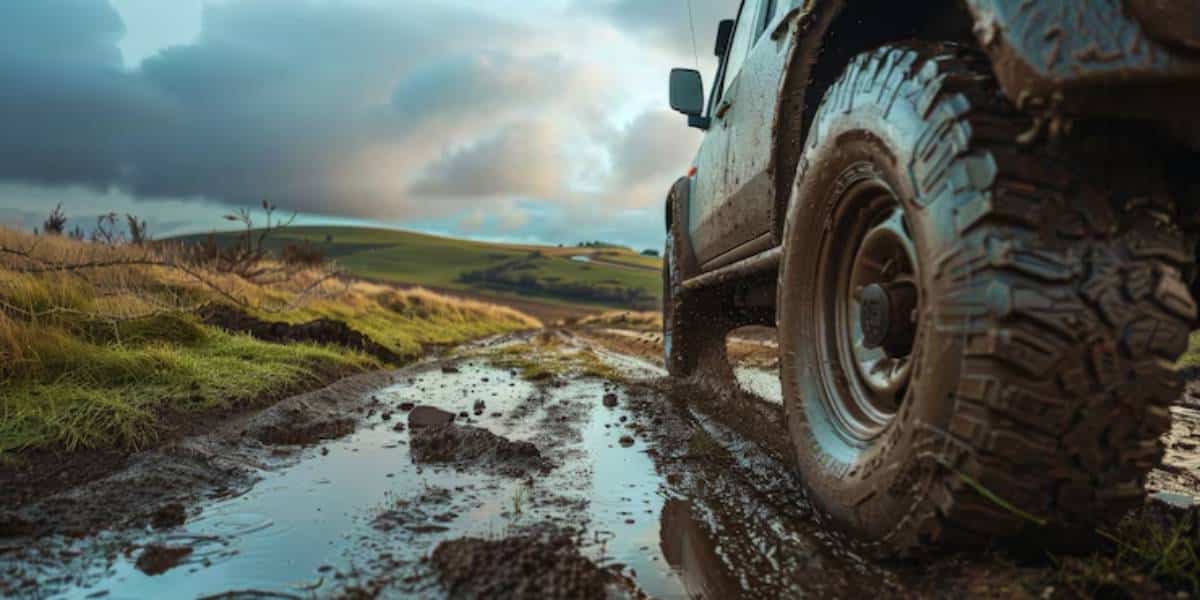
- Mud-terrain with deep voids
- Reinforced shoulder lugs
- High sidewall and load rating
Rock:
- Hybrid M/T or specialist rock tyres
- Strong sidewall, soft compound
- Beadlock-ready for low-pressure driving
If you travel across mixed terrain, a premium all-terrain tyre is often the most versatile choice.
Real-World Example: Multi-Surface Trail Strategy
On a recent overland route through Morocco, a driver started on dry sand dunes with 14 PSI, then transitioned into rocky canyon trails. They increased pressure slightly to 18 PSI before the climb, preventing rim damage while still maintaining grip.
Another traveller in the Scottish Highlands faced bogs and loose shale. With mud-terrains aired down to 20 PSI, they maintained traction in both slop and stone, avoiding wheelspin and tyre damage.
Both trips highlighted how pressure management and terrain knowledge beat brute force every time.
Common Mistakes by Surface Type
Even experienced drivers fall into these traps
In Sand:
- Tyres too hard = sinking fast
- Over-correcting steering = digging holes
In Mud:
- Overly wide tyres = floating without grip
- Not clearing tyres = packed tread, no traction
In Rock:
- Speed over precision = slashed sidewalls
- Pressure too low = de-beading and rim damage
Understanding the unique challenge of each surface is what separates frustration from finesse.
Conclusion: Know Your Terrain, Adjust Your Tyres
There’s no perfect tyre for every trail, but there is a perfect strategy for each surface. Knowing how to tailor your off-road tyre strategy to sand, mud, and rock keeps your rig moving—and your tyres intact.
Use these terrain-specific tyre tips to choose the right rubber, adjust pressure wisely, and drive with confidence. With the right grip, every trail becomes a bit more predictable.
Looking to prepare for tyre damage while exploring solo? Read our guide to spare tyre setup for long-distance off-roading for essential prep advice.
